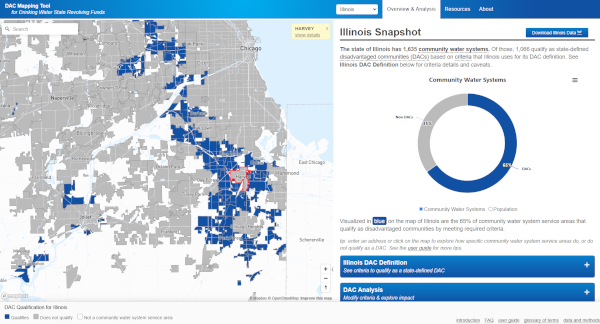Auto ownership and mileage per car are shown to vary in a systematic and predictable fashion in response to neighborhood urban design and socio-economic characteristics in the Chicago, Los Angeles, and San Francisco regions. In all three cases, average auto ownership is primarily a function of the neighborhood's residential density, average per capita income, average family size and the availability of public transit. Similarly, the average annual distance driven per car is a strong function of density, income, household size and public transit, and a weaker function of the pedestrian and bicycle friendliness of the community. The similarity of these relationships among the three metro areas, despite their differences in geography and age, suggests that similar relationships may be consistent throughout the United States or worldwide. The application of the results to other metro areas is discussed. The dependence of driving on the policy-related variables of residential density, transit access, and pedestrian and bicycle-friendliness may provide policy makers with additional tools for reducing the costs and environmental impacts of transportation.
-
Who We Are
About CNT
Center for Neighborhood Technology is a leader in promoting more livable and sustainable urban communities.
-
What We Do
We make cities work better
CNT delivers innovative analysis and solutions that support community-based organizations and local governments to create neighborhoods that are equitable, sustainable, and resilient.

“Having an organization that folks trust and that can direct resources to where they are of the most benefit is powerful.”
~ Debra Kutska, Cook County Government
-
Our Work
Project Spotlight
DAC Mapping Tool
The DAC Mapping Tool highlights state-defined disadvantaged communities (DACs) under the Drinking Water State Revolving Fund (DWSRF) program in six Great Lakes states. It helps users understand how states define DACs and who benefits from DWSRF funding. -
Publications
Recent Publications
-
Stories
Latest PostsNovember 20, 2025October 25, 2025August 24, 2025




 Strengthening Transit Through Community Partnerships
Strengthening Transit Through Community Partnerships